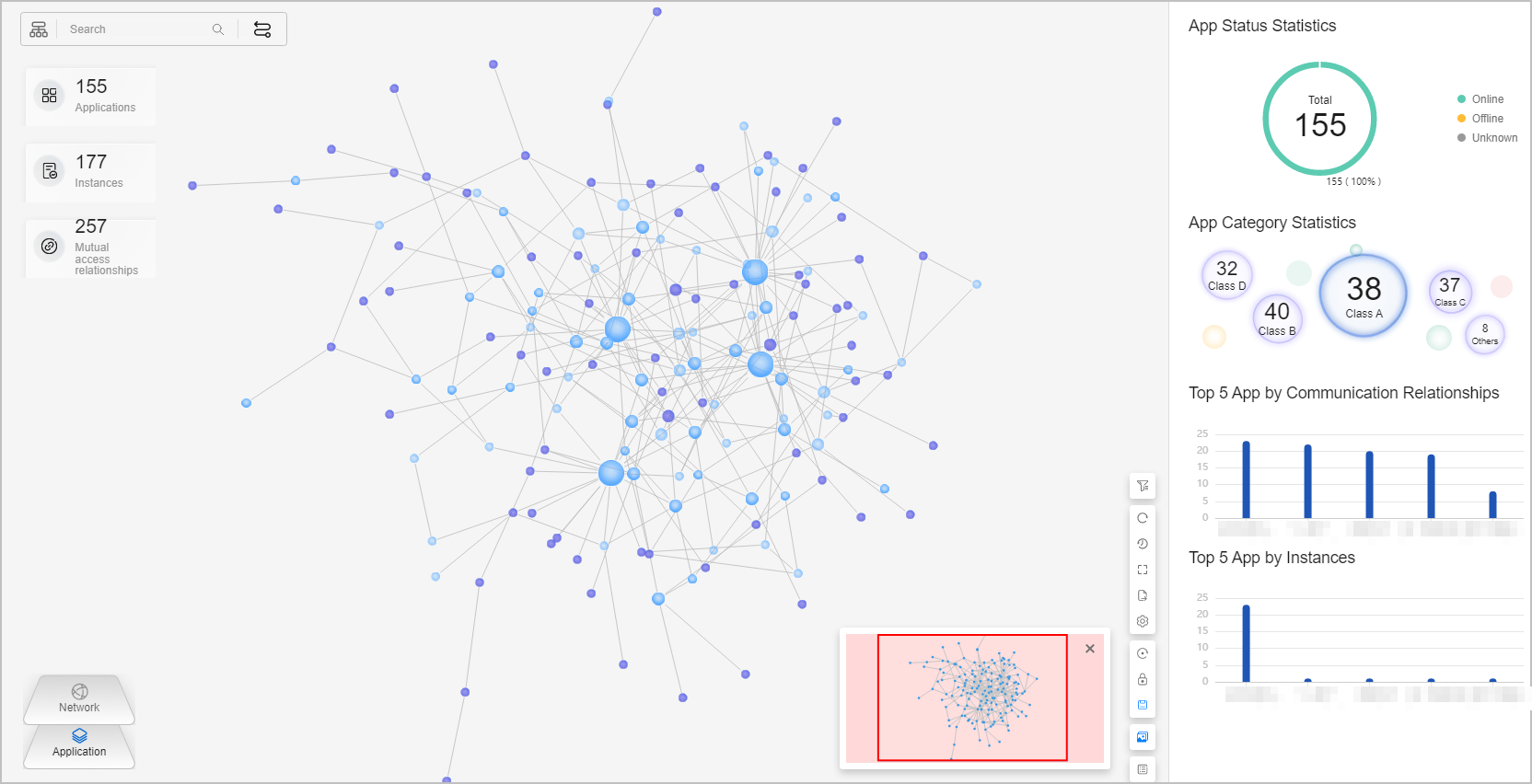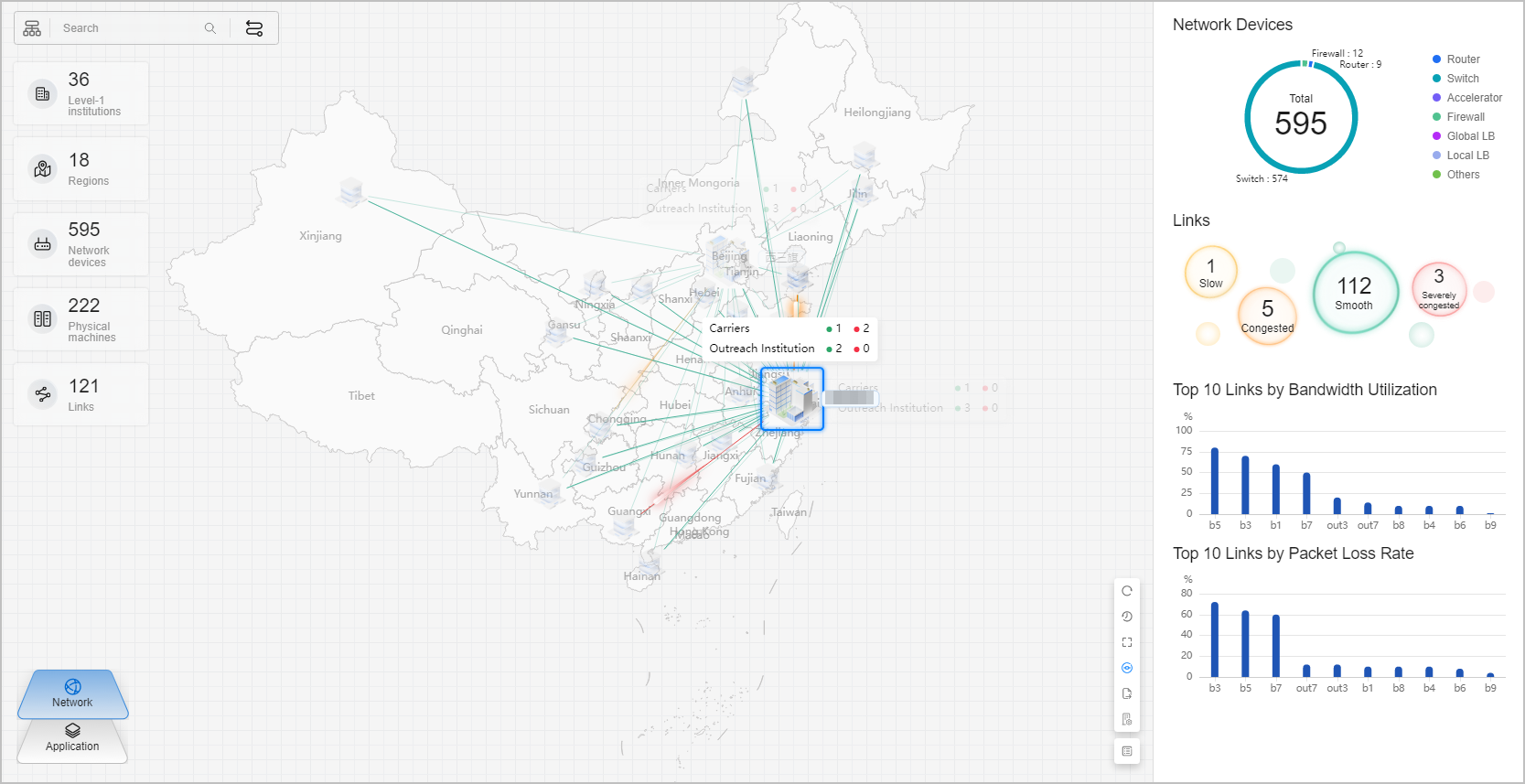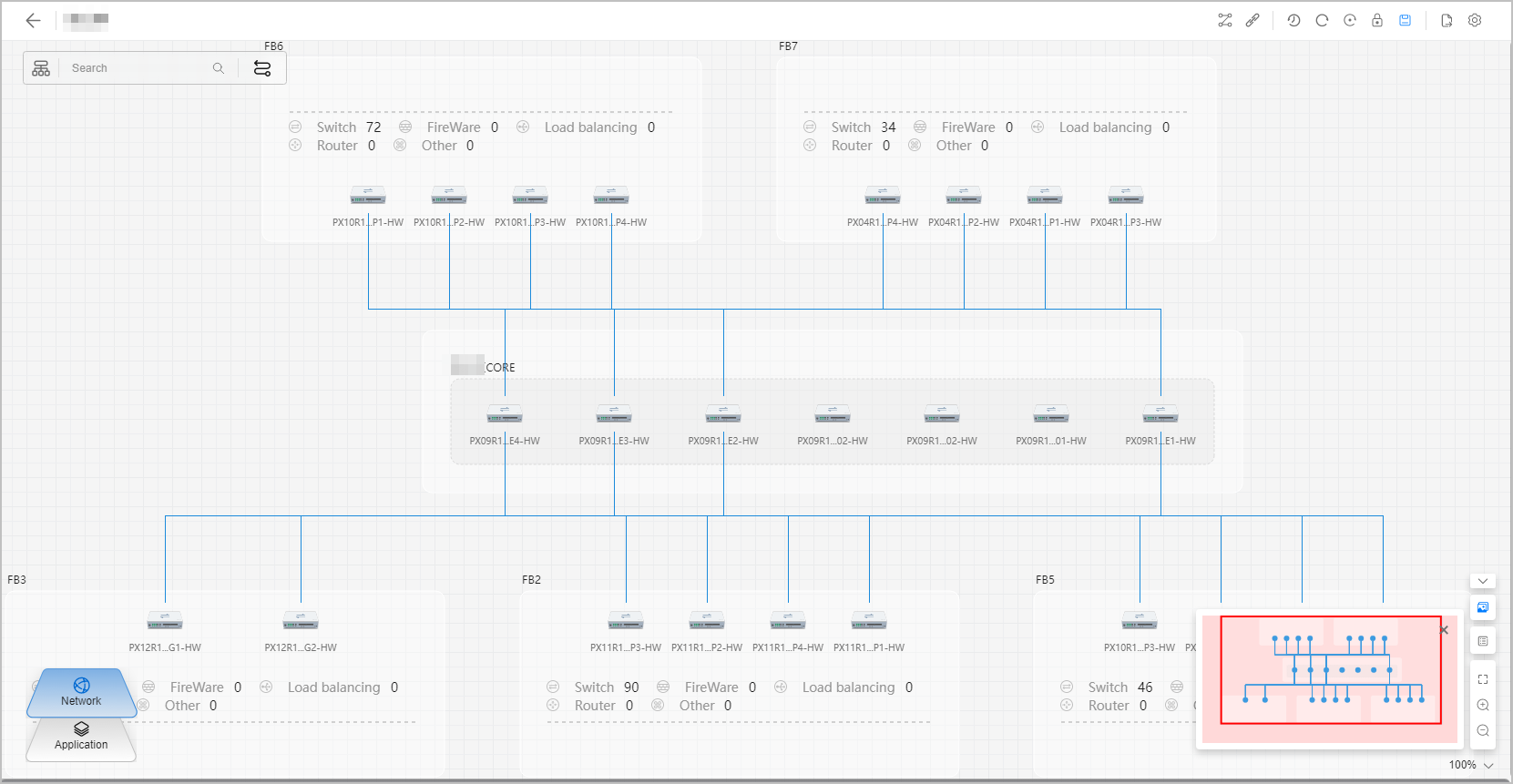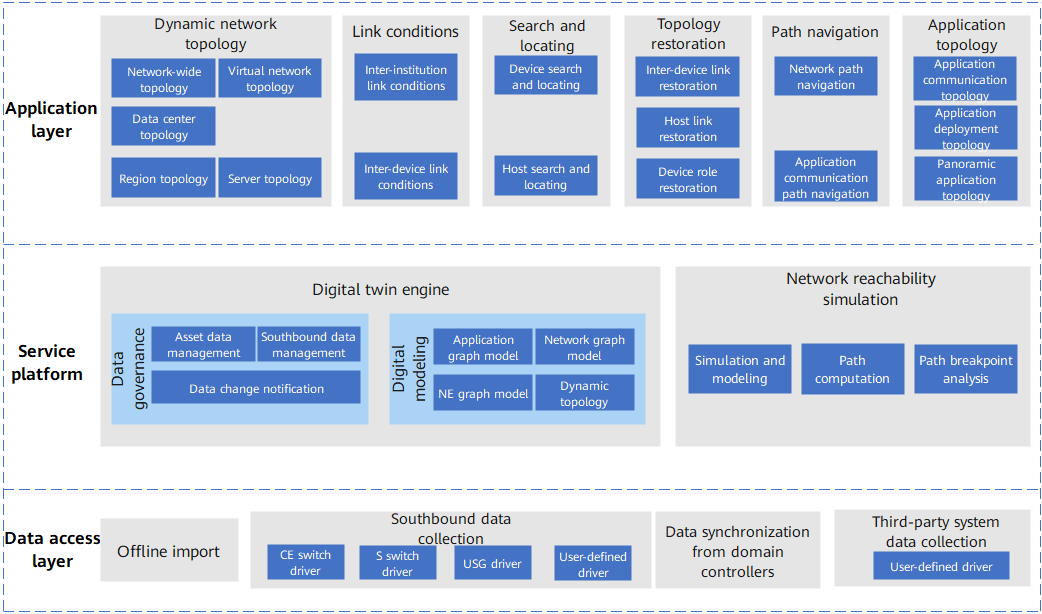What Is Network Digital Map?
The network digital map ramps up digitalization across industries. Based on data such as network resources, computing resources, application service resources, and end users, the network digital map addresses complex O&M issues caused by increasingly complex IT technologies.
Background of Network Digital Map
In daily life, we are heavily dependent on transit maps for navigation, online car-hailing, and food delivery. The network digital map is a specific application of the digital twin concept in the IT field. Similar to transit maps, the network digital map implements digitalization across industries on the basis of the digital twin for road and building infrastructures. As the network scale increases and higher network performance is required, users have more stringent requirements on network O&M. Based on data such as network resources, computing resources, application service resources, and end users, the network digital map addresses complex O&M issues caused by increasingly complex IT technologies, such as virtualization, container, service mesh, and multi-active geographical redundancy.
The network digital map aims to build a unified IT digital twin solution to break through O&M boundaries, implement unified O&M across clouds, networks, and applications, implement multi-dimensional and multi-layer visualization of one network, eliminate data silos, and build an ICT big data lake. By offering map-based experience, the network digital map provides diverse capabilities, such as multi-dimensional dynamic topology, search and locating, topology restoration, and path navigation.
Service Scenarios of Network Digital Map
The network digital map provides open and diversified data access capabilities for interconnection with network-wide devices or third-party systems. It collects device, server, application, LLDP, MAC, ARP, and route data on the network, and then uses topology restoration algorithms based on LLDP data, MAC address entries, and traffic features to present the overall data center network topology, server topology, virtual network topology, and application topology from the perspective of data centers.
The network digital map provides capabilities such as search and locating, visibility between applications and networks, and link status query (packet loss rate and bandwidth utilization).
Based on network simulation algorithms, the network digital map provides the capability of restoring all network paths between two IP addresses, for example, paths between a device and an external network, between two devices, and between terminal IP addresses (physical machine, VM, container, and VTEP IP addresses). In addition, the network digital map displays the network path status (such as route interruption, ACL blocking, or port down event), facilitating locating of unreachability faults.
Network Digital Map Capabilities
Displaying the Network Topology Hierarchically
- Level-1 topology view: displays the network topology among all data centers, level-1 branches, and external related institutions. You can replace the map, search for global network resources, manage peer institutions, view institution details, and view information about inter-institution links.
Level-1 topology view - Level-2 topology view: displays regions and inter-region links in a single data center. You can create inter-device links, view device details, and view information about inter-region links.
Level-2 topology view - Level-3 topology view: displays the physical topology of a single region. You can view device details and information about inter-device links.
Level-3 topology view: device details
Level-3 topology view: inter-device link information
Managing Applications and Application Communication Relationships
Applications and application communication relationships are displayed in lists. You can add applications and application communication relationships manually or by importing templates, and view and maintain applications and application communication relationships.
Displaying Application Topologies
The application topology displays applications and inter-application links. You can specify the applications to be displayed, check information about inter-application links, and view the server topology and panoramic topology of a single application.

Application topology
Managing Network Assets
Multiple types of assets on the network are displayed in a list. You can view asset information, add assets manually or by importing a template, and maintain existing assets.
Restoring the Network Topology
Multiple restoration algorithms are provided for calculating the roles and link information of certain devices (unmanaged or LLDP-disabled devices), so that the topology of these devices can be restored.
Collecting Data from Third-Party Systems
- Collecting data from customized third-party systems
After the MDC is successfully interconnected with a customized third-party system, you can develop capabilities based on Python scripts for collecting data from the third-party system. The following types of data can be collected: application, application communication relationship, ARP, institution, inter-institution link, port, port traffic, link, LLDP, MAC address, M-LAG, server NIC, device, region, route, and server.
- Collecting data from NSX-T
After the MDC is successfully interconnected with NSX-T, the preset data processing flow can be used to collect service data from NSX-T to the MDC. The following types of data can be collected: application, application communication relationship, ARP, institution, inter-institution link, port, port traffic, link, LLDP, MAC address, M-LAG, server NIC, device, region, route, server, and VM.
- Collecting data from APIC
After the MDC is successfully interconnected with APIC, you can collect service data of a specified type on APIC to the MDC based on the preset collection process. The following types of data can be collected: PODs, devices in PODs, M-LAGs, device ports, neighbor information of physical ports, and end ports.
Synchronizing Data from Domain Controllers
After a domain controller is managed by the MDC and the Kafka protocol is configured, network service data on the domain controller can be synchronized to the MDC through the northbound Kafka interface.
Collecting Device Data
The MDC can use the STelnet protocol to collect data of devices in the asset management list. The following types of device data can be collected: VXLAN peer information, STP VLANs, device configurations, M-LAGs, MAC addresses, routing tables, VXLAN tunnel information, interface packet statistics, ARP tables, and link tables.
Path Navigation
If region data has been modeled, you can query all equal-cost paths between any two nodes in the same data center and the path health status. The equal-cost paths refer to those with the same cost from the source node to the destination node.
Multi-Cloud Simulation
With the multi-cloud simulation feature, the MDC can collect live-network configurations and use the simulation technology to verify the impact of network configuration changes on the live network, implementing comprehensive pre-event verification of the production environment. In this way, if a network fault occurs (for example, network service interruption, packet loss, or delay), you can locate problematic NEs based on network forwarding paths.
Network Digital Map Architecture
Figure 1-7 shows the network digital map architecture.
- Service application layer
The service application layer provides core functions of the network digital map for customers to achieve topology visualization, facilitating routine O&M and service changes.
- Service platform
The service platform provides key technical modules for the network digital map, which are responsible for implementation of application-layer functions or ensure dependencies are met. The digital twin engine is responsible for data governance and digital modeling, and is one of the core foundations of the network digital map. The network simulation module is responsible for network simulation modeling, path computation, and breakpoint analysis, and is the technical cornerstone of network topology navigation.
- Data access layer
The data access layer centrally manages various data sources and collection drivers of the network digital map service, and provides data access services for the network digital map system.
- Author: Su Meng
- Updated on: 2023-08-01
- Views: 1909
- Average rating:











